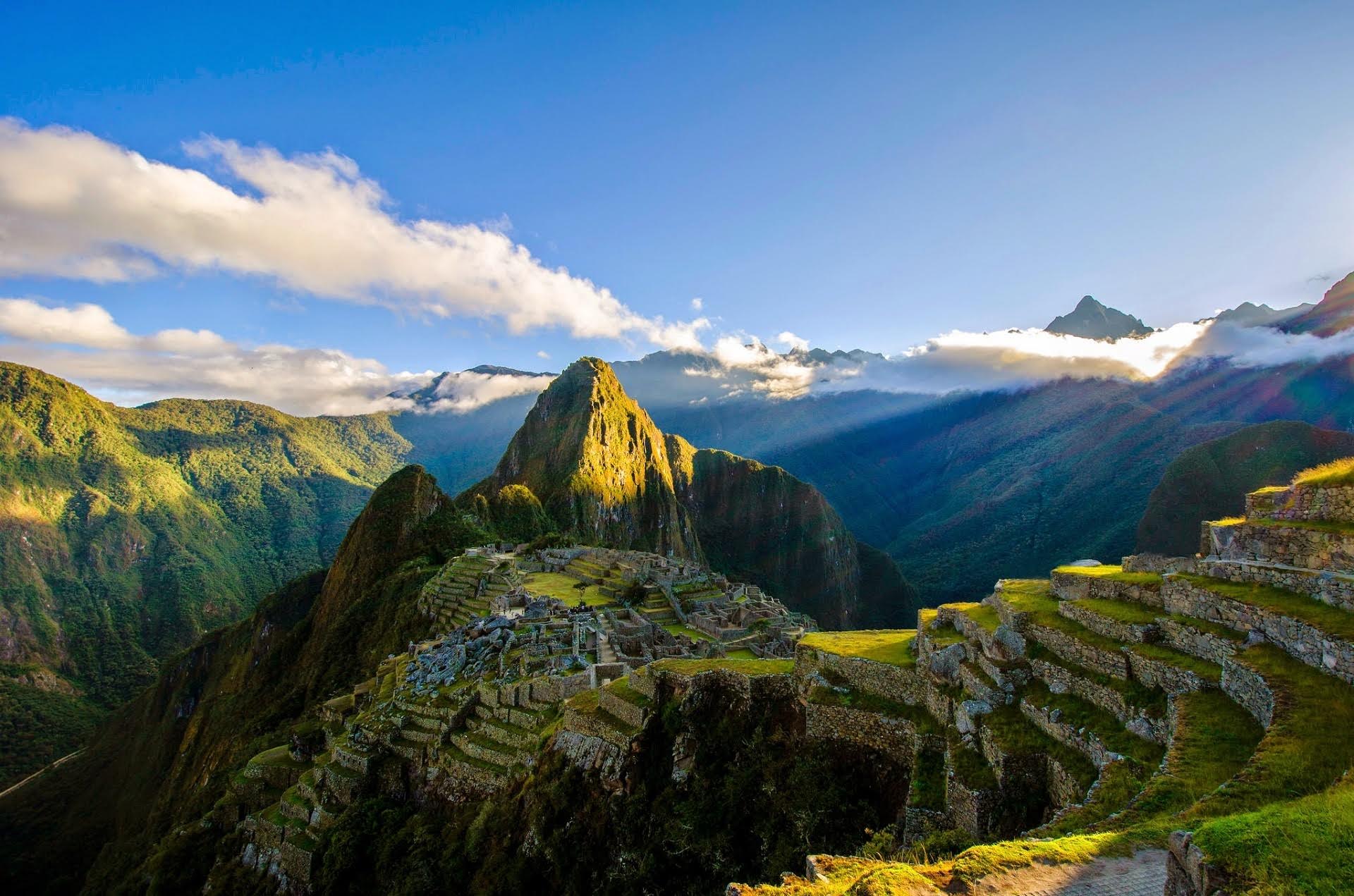
Vegan Traveler Tips For Foreign Countries
When I visited Cebu Island, Philippines, with a Filipino friend to escape the Tokyo winter early this year, I already knew Filipinos were big meat eaters. Previously, I had visited Manila during the Christmas holiday, and Pinoy delicacies like roast suckling pigs and beef tripe were everywhere.
As a vegan who rarely eats out, I was concerned about what I would eat during our 5-day getaway. This time around, my friend put my mind at ease by volunteering to “go vegan” temporarily, so I wouldn’t feel uncomfortable inquiring about menu ingredients and asking for special vegan preparation. He said he needed to get healthy (lose weight) anyway, so it would do him good. It sounded like a great arrangement, at the time.
The first meal of the trip was the in-flight meal from Tokyo to Cebu. I had ordered non-dairy vegetarian meals for both of us, and, unlike the American airlines I’ve flown that serve you along with everyone else (if you’re lucky they locate you at all) Philippine Airlines served our special meals first, at the same time they served us drinks. While the portions were small, the ingredients were high quality (including artichokes, hearts of palm, and olives) for economy class, and the service was warm, too. My friend was so excited at the special treatment, he couldn’t wait to update his Facebook wall.
After touching down in his home country, my companion’s enthusiasm for vegan food began to wane. The first morning at the all-inclusive breakfast buffet, he ate sausages and bacon, along with eggs, pancakes, waffles, you name it. That evening, in the complimentary lounge, there were meat and fish dishes, along with pizza and all sorts of cheeses that not long ago would have tested my willpower.
Fortunately, I managed to satisfy myself with fruits, olives, sun-dried tomatoes (and any vegetables I could pick out of the meat entres), and–depending on the sympathy of the lounge staff on duty–an occasional roasted vegetable sandwich from the kitchen. Another life saver was the availability of fresh, seasonal fruits such as pineapple, mangoes, kiwi, jack fruit, “monkey bananas”, as well as citrus, and apples, too.
There were a few occasions where–perhaps by wishful thinking–I inadvertently ate items, such as traditional rice-based Philippine desserts that appeared vegan-safe, only to discover later they contained significant amounts of dairy or egg products. I’m more careful about asking before eating now, as I’ve come to the conclusion that animal products are contained in virtually everything you eat at non vegan-friendly places (otherwise, they’d be considered vegan friendly!).
When we ventured outside the hotel, vegan options were even more limited. I was counting on my friend to check with the restaurant wait staff that food didn’t contain animal products or could be made without them if it did.Unfortunately, having given up eating vegan-style, his patience with “my diet” was growing thin. Fortunately, when we weren’t eating, we were enjoying relaxing by the white sand beach, swimming, working out, practicing yoga, getting massages, shopping, and all the fun stuff a tropical vacation brings to mind!
In addition to eating at a Thai restaurant that had a few vegan menu items, I agreed to try my friend’s favorite restaurant, Gerry’s Grill, and found it served a Philippine vegetable stew, Bulanglang (made with bitter gourd) that I quite enjoyed. I suspected there was fish or meat extract lurking in the dark sauce, but my friend insisted the waiter had assured him it didn’t. The next day, when we went to another branch of the same chain and ordered Bulanglang again, it looked different. The sauce was clear now, and the tangy taste I had detected the day before was gone. Sure enough–after checking the recipe for Bulangang, I found it contains bagoong, a paste made using anchovies or other fish!
On another occasion, while my friend went to use the bathroom, I ordered myself an ice coffee. Safe enough I thought. In Japan, ice coffee is merely iced (vs. hot) coffee, but little did I suspect “Ice Coffee” had a totally different meaning in the Philippines, until our waiter returned with a parfait glass of coffee, containing a scoop of vanilla ice-cream! I explained to the waiter my misunderstanding, and asked him to bring me a simple iced coffee, but he appeared confused. When my friend returned, a heated discussion ensued between the two Filipinos. As a result, my friend told me he would drink my ice coffee (in addition to the dessert he had ordered), and remarked that I would never get along in the Philippines!
Miraculously, my friendship survived the trip, and looking back, it was a valuable learning experience, too. If you are an aspiring vegan planning a vacation or business trip:
1. Check out your destination in advance (i.e. using the compassionate eating guide at HappyCow.net to search out vegan establishments), know what to expect, and plan accordingly. If possible, avoid holidays and ceremonies when traditional foods are served.
2. If your flight has meal service, request your airline to prepare a “special meal” (no dairy/eggs vegetarian), to get off to a good start. Avoid any snacks that look suspicious (non-vegan) on the plane or in the airport.
3. When you arrive at your destination, assume all prepared foods contain animal products, and don’t eat something before you confirm it’s vegan. Depending on the situation, you may have to compromise on trace amounts of animal ingredients (i.e. fish or meat broths). Whole fresh fruits and vegetables are often your safest bet.
4. If you don’t speak the language of the country you’re planning to visit, make sure you bring along a vegan-sympathetic friend (just don’t be disappointed when they load up on their favorite non-vegan foods).
Now, fasten your seat belt, sit back, relax, and enjoy your trip!
Article Source: https://EzineArticles.com/
.

